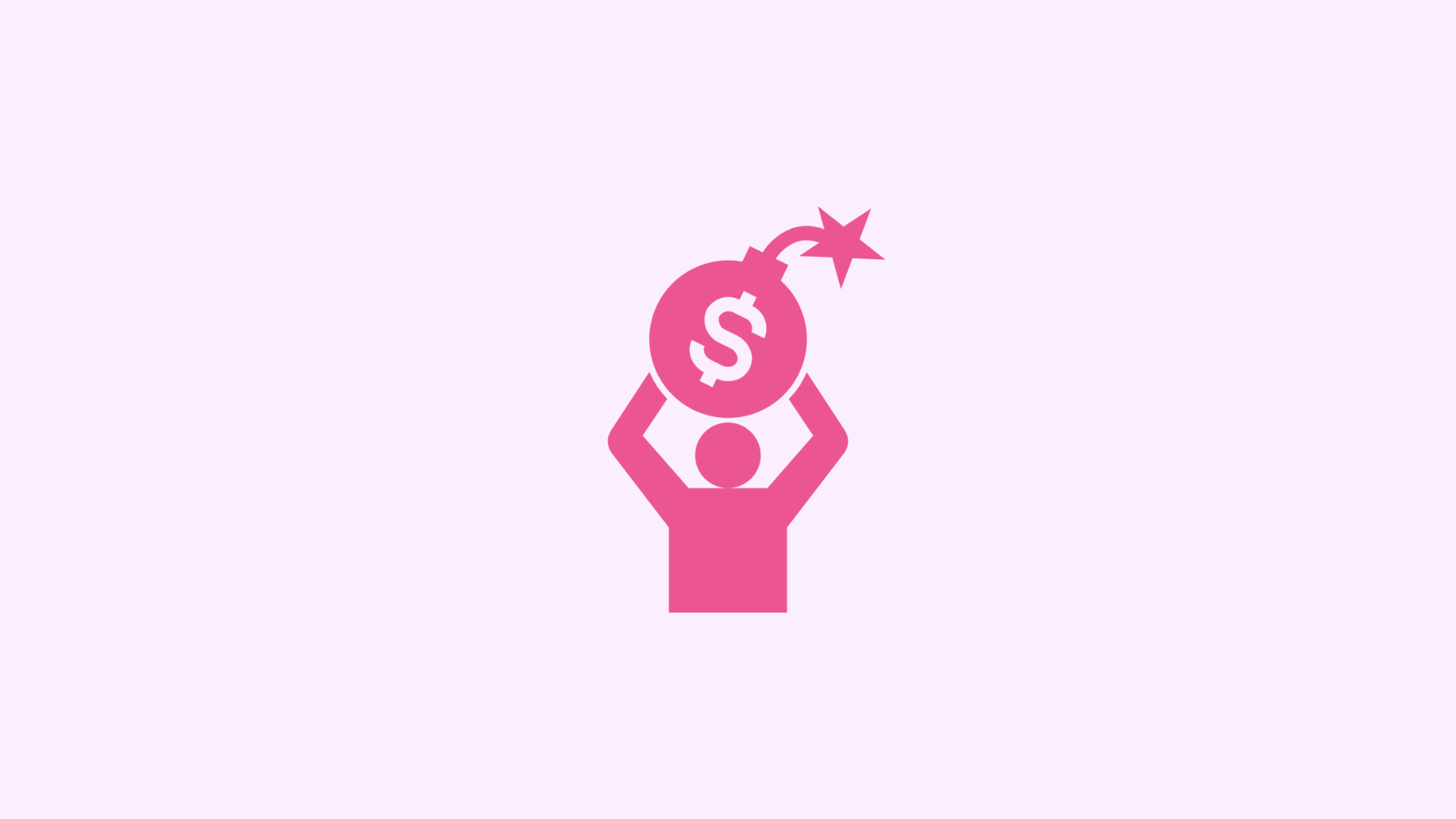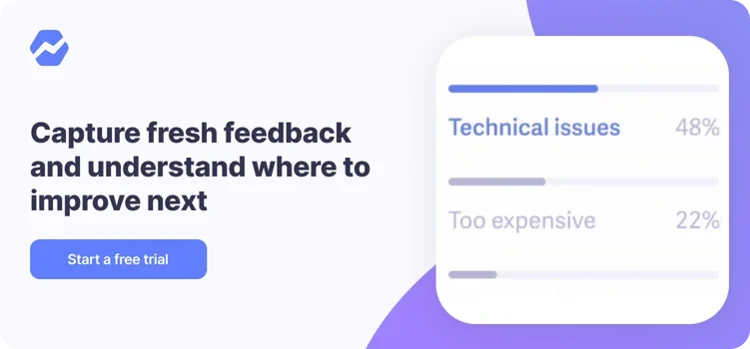Table of Contents

A liability is a financial or legal obligation or debt that a person or company owes to another party. Liabilities are settled through the transfer of funds, goods, or services to the party to which they’re owed.
In layman’s terms, if you owe someone else money and haven’t yet paid them, that’s a liability.
Unlike assets, which add value to a company, liabilities decrease value and equity.
Baremetrics is a business metrics monitoring tool that acts as a dashboard for your business. You can see MRR, ARR, LTV, total customers, and more directly on your Baremetrics dashboard. Check out the demo account here.
Sign up for the Baremetrics free trial and start seeing more into your subscription revenues now.
What are the main types of liabilities?
Liabilities are classified into three categories: short-term, long-term, and contingent liabilities.
Let’s explore each in more detail:
1. Short-term liabilities
Short-term liabilities (also known as current liabilities) are debts or obligations that must be paid within a 12-month period.
Examples of short-term liabilities include:
-
Accounts and bills
-
Interest payable
-
Short-term loans
-
Bank overdrafts
-
Income taxes payable
-
Any accrued expenses
If you’re running a business, you should keep an eye on your short-term debt and ensure that your current assets give you the liquidity you need to meet your obligations and debts.
2. Long-term liabilities
Long-term liabilities (also known as non-current liabilities) are obligations or debts that are due in more than one year’s time.
Businesses assume long-term debt to access the funds they need for CAPEX projects or to acquire assets. If a company isn’t able to pay back its long-term liabilities when they’re due, it could threaten its solvency and overall viability.
Here are some examples of long-term liabilities:
-
Mortgages
-
Capital leases
-
Bonds payable
-
Long-term notes payable
-
Any deferred tax liabilities
3. Contingent liabilities
Contingent liabilities are liabilities that may occur, depending on how a yet-to-be-determined future event plays out. This makes them potential liabilities.
Examples of contingent liabilities include lawsuits and product warranties.
How do you handle liabilities in accounting?
In the world of accounting, “liabilities” represent the debts that are recorded in a company’s books. It’s important for any business owner to understand how to identify and record them.
Liabilities must be recorded on a business’s balance sheet, which is divided into three sections:
-
An assets section, which is an indication of how much you have.
-
An equity section, which reflects the amount that the owner(s) or other investors have invested in the company at a point in time.
-
A liabilities section, which indicates what the business owes.
A company’s total liabilities must be equal to the difference between its total assets and its total equity:
Assets = liabilities + equity
Liabilities = assets – equity
Now that we’ve covered the basics, let’s take a closer look at liabilities in the context of SaaS companies.
Grow Your SaaS Venture
Baremetrics measures churn, LTV and other critical business metrics that help them retain more customers. Want to try it for yourself?
When is it acceptable for SaaS companies to generate liabilities?
Establishing and bringing a SaaS company to market isn’t as expensive as it used to be – but it still costs money!
Provided that a company has a sound business and financial plan and expects to get a reasonable and scalable return on new investments, it makes sense to generate liabilities. It’s well-accepted in business circles that “good debt” can be a positive thing. But business owners should ensure that they allocate capital to initiatives that pay off. If they don’t, they’ll find it difficult to service their debt.
Banks are sometimes reluctant to offer loans to emerging SaaS companies because many don’t yet have any physical assets to collateralize the loan or aren’t yet profitable.
Fortunately, more recently, “alternative” lenders have started recognizing the potential inherent in SaaS companies and that they have a lot more debt capacity than traditionally thought. These lenders will typically look at a SaaS business’s recurring revenue streams, churn rate, gross margins, and any outstanding liabilities when deciding whether or not they qualify for debt.
If you consider borrowing to fund and grow your SaaS venture, be sure to understand precisely how your loans work. Better still, ask for assistance in doing some financial modeling.
What are other typical liabilities for SaaS companies?
Aside from borrowing-related debt, there are other liabilities specific to SaaS that are important to understand. Many of these are directly related to the SaaS business model.
In days gone by, if a business wanted to access and use software, it meant corporate licenses and on-premises installations. But the advent of SaaS turned this model on its head, giving companies and even single users a means to use the software they want, when they want it, with a credit card and a few clicks in their browsers. In addition, the consumption-based “pay-per-use” model of SaaS makes this possible at a very attractive price point.
Given the asset-light, “out-of-the-box” characteristics of SaaS, it’s easy to assume that building and sustaining a profitable SaaS enterprise is straightforward. Unfortunately, that’s not always the case.
Here’s why:
Businesses that offer a traditional license model typically issue their customers standard invoices that include an initial license, implementation and customization fees, and maintenance and support charges. However, SaaS businesses bundle all these charges into their subscription (and sometimes) set-up fees.
Ultimately, the success of a SaaS business depends on how many customers decide to use its products on a recurring basis.
If customers decide not to renew or to cancel their subscriptions (a term known in the industry as “churn”), revenue and overall profitability can take a knock. And even if subscription payments are scheduled and automated, customer payments are sometimes unsuccessful if their credit cards have expired or there are insufficient funds in their accounts.
When this happens, the SaaS company has to invest time and resources in contacting the customer to attempt to recover the payment. If this proves unsuccessful or the customer is unresponsive, the SaaS company may decide to initiate debt collection procedures, which can themselves be costly.
How can SaaS companies monitor their liabilities?
Tracking liabilities in SaaS can be tricky, given the nuances of the subscription business model we’ve outlined above. But, if SaaS companies are disciplined about monitoring a few key metrics, they’ll be able to keep a close eye on their liabilities and take action before they grow disproportionately.
Here are a few of the most important metrics for SaaS businesses to track and how Baremetrics can help:
Using Baremetrics to monitor your business metrics
Baremetrics lets you see all your revenue and liabilities in a crystal-clear dashboard. You can also forecast into the future and use automated tools to recover failed payments.
Here are some of the metrics that our platform allows you to track at a granular level:
1. Active customers
Active customers are users who are currently paying to use your product (excluding anyone who is on a free trial or plan or is delinquent.) Baremetrics allows you to track how your number of active customers grows over time.
2. Monthly recurring revenue (MRR)
MRR is the revenue you earn from customers on a monthly basis. If you regularly track and analyze your MRR, you’ll gain a snapshot of the overall health of your business. To find out how you can calculate your MRR in Baremetrics, check out our blog post about MRR or try out our tool for free.
3. Annual run rate (ARR)
ARR is your monthly recurring revenue (MRR) annualized. It gives you an idea of how much revenue you can expect to bring in over a year, based on your current MRR. Understanding your ARR is helpful when contemplating your growth and expansion plans. Learn more about ARR.
4. Average revenue per user (ARPU)
This is the average amount of revenue that you receive from each active customer over a period of a month. It’s important to calculate your ARPU on active customers rather than your total number of users.
5. Churn
As we mentioned earlier, churn is the percentage of customers or the revenue you lose over a certain period. If you struggle to keep your churn under control, it’ll impact your revenues and your longer-term viability. Learn more about churn analysis in our 3-step guide.
6. Customer lifetime value (LTV)
LTV is an estimate of the revenue you can expect to make from the average customer before they churn. SaaS companies use LTV to calculate how much they should reasonably invest in acquiring a new customer. Baremetrics allows you to track your LTV over time and analyze the LTV for specific customers.
Baremetrics also lets you segment your customers in multiple ways, for example:
- By plan
- By geography
- By cohort
This allows you to become more focused in your account-based marketing efforts. Read more about Baremetrics’ approach to segmented customer metrics.
Baremetrics is the analytics provider of choice for SaaS businesses that need to elevate the quality, accuracy, and ease with which they gather customer and financial data and insights.
Why not sign up for the Baremetrics free trial today?
All the data your startup needs
Get deep insights into your company’s MRR, churn and other vital metrics for your SaaS business.



